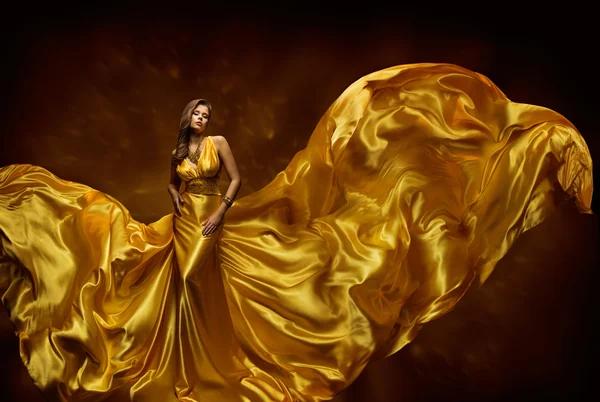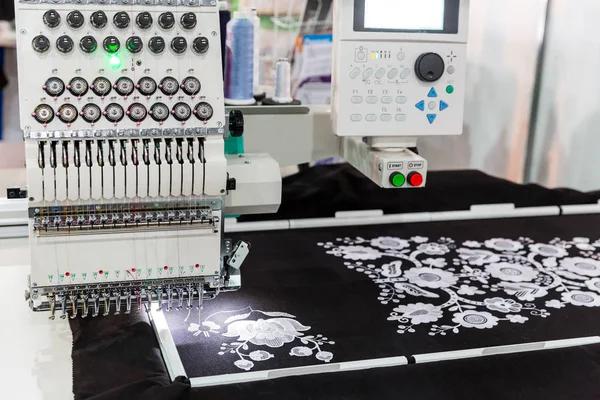European textile has significantly influenced global fashion, shaping trends and styles across continents. Its impact is visible in the designs, patterns, colors, thisoldthingpodcast.com and techniques adopted worldwide. From the high-fashion runways of Paris to local markets in Asia, European halopograms.com textiles have left an indelible mark on the world’s sartorial landscape.
The influence of European textiles began with trade routes that spanned centuries. As merchants traveled across continents, they brought with them fabrics like silk from Italy or lace from Belgium. These materials were novel to bataagro.org other parts of the world and quickly became a symbol of luxury and refinement.
In addition to fabric types, Europe also introduced various production techniques that revolutionized global rfkferugees.com fashion. For instance, during the Industrial Revolution in Britain in the 18th century, mechanized looms were developed for mass production of textiles. This not only made clothing more affordable but also increased its accessibility worldwide.
Moreover, European design sensibilities have had a profound influence on global fashion aesthetics. The haute couture tradition originating from France is one such example where meticulous attention to detail and emphasis on quality has set a benchmark for high-end fashion around the globe.
Furthermore, some specific regional textile traditions within Europe have gained international recognition due to their unique aesthetic appeal and craftsmanship. The intricate Spanish lacework yourwhmcsdomain.com or vibrant Scottish tartans are now globally recognized symbols associated with these regions but are also widely used in various forms by designers all over the world.
It’s not just about historical influences; contemporary European textile industry continues to shape global mccoytheartist.com trends as well. Innovations like sustainable fabrics developed in Sweden or technologically advanced smart materials coming out of Germany play a vital role in defining future directions for international fashion industry.
However, it’s important to note that this exchange isn’t one-sided; while Europe has greatly influenced global trends; it also absorbs influences from around the world creating takefl1ghtworld.com an intercultural dialogue through textiles which enriches both sides involved.
To conclude: European textiles, through their diverse fabric types, production techniques, design sensibilities and continuous innovations have undeniably played a pivotal role in shaping global fashion. Whether it’s the dna-paint.net luxurious Italian silks gracing an Asian wedding or a South American designer using Scottish tartan for a modern twist, the influence of European textile is ubiquitous and continues to contribute significantly to our global sartorial narrative.




